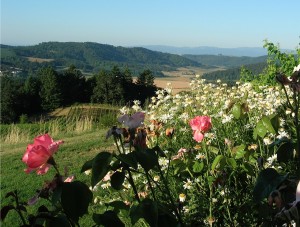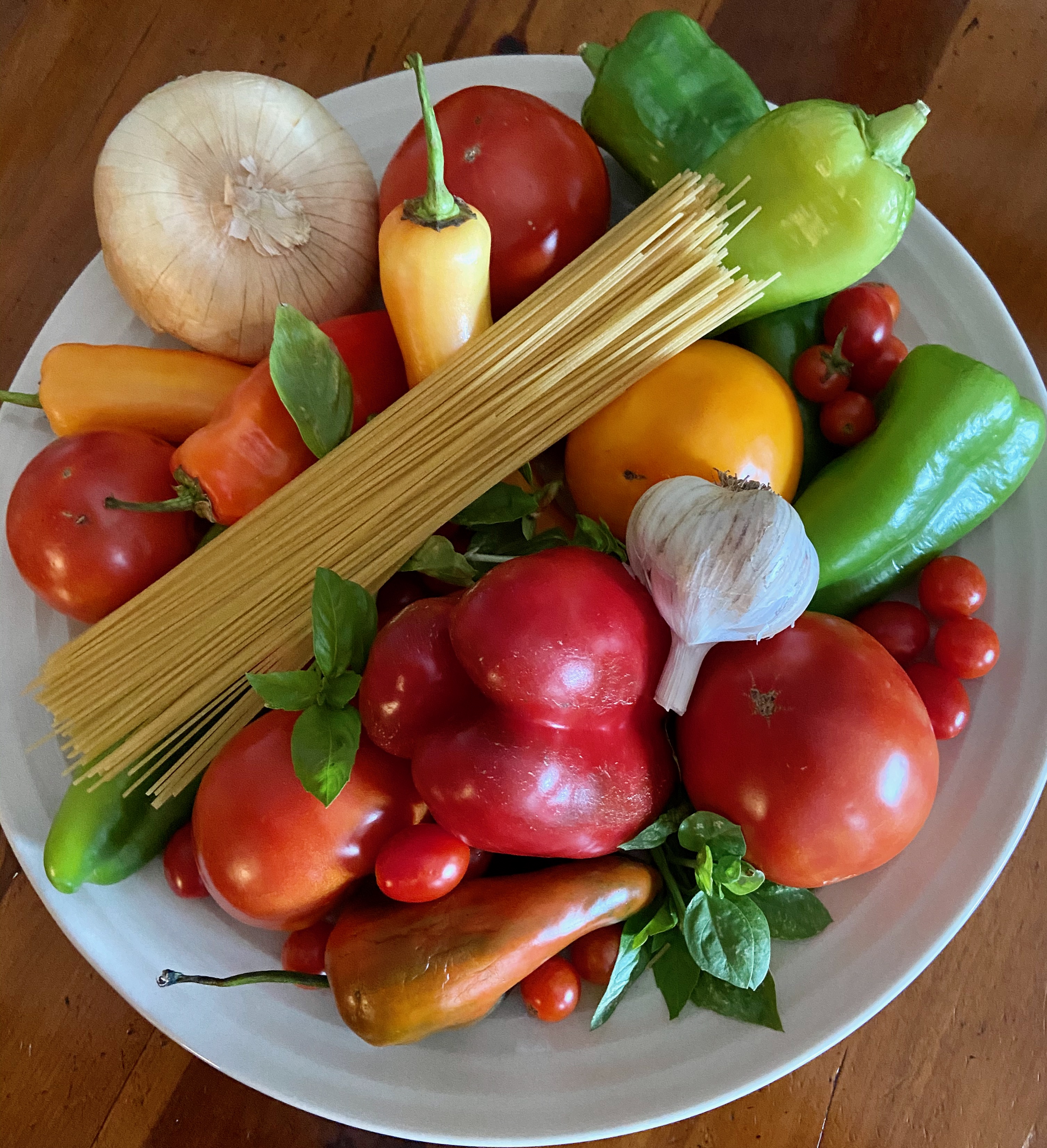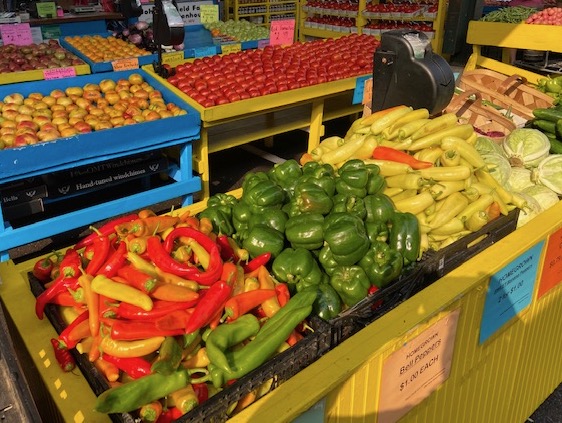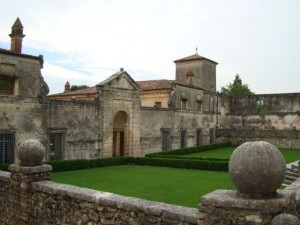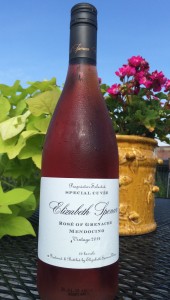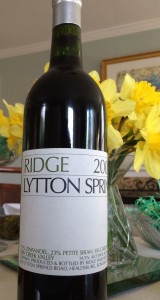Thanksgiving 2020: Scaling back, but still celebrating
November 16, 2020 by John BrownThanksgiving is next Thursday! Under normal circumstances, our family would be gathering to stuff ourselves with all manner of goodies including, of course, a varied selection of wines to pair with – not only the “National Bird” – but with the multitude of delicious side dishes such as chestnut dressing and pumpkin pie.
But this year, Mother Nature has morphed into the “Wicked Witch of the Earth” with a dark and catastrophic menu of her own. She’s been conjuring up hurricanes, floods, wild fires and other global weather anomalies as side dishes to accompany the main course, Covid 19.
So, what can we do to celebrate Thanksgiving this year, and still stay safe and virus free? Well, in our family that means limiting the number of guests at the holiday table to two: my wife and I. Oh, we’ll probably Face-Time with our kids and grandkids, but we will not be able to share food and wine or have any physical contact with them.
But the biggest problem for many of us in similar circumstances will be how to scale back on the Thanksgiving meal. Creating meals for two is not difficult under normal circumstances, but preparing the menu for the best food-centric holiday of them all will be a challenge, especially with regard to the main course – turkey.

I have tried, without success, to find a small turkey (under ten pounds) and there is just no availability. Apparently, the problem lies in the way commercial turkeys are grown and harvested. And this year, because of the pandemic, the demand for smaller turkeys greatly exceeds the supply. Among other issues, turkey farmers didn’t correctly anticipate the huge demand for smaller birds.
So this year, we’ll be oven-roasting a five pound boneless turkey breast instead of our normal 15 to 20 pound whole turkey. Even though we’ll miss sharing the holiday meal with our extended family, we will still enjoy the dinner- and the accompanying wines. And while I won’t limit the number of wine accompaniments with the meal, I will take more care in selecting them to match the more subtle flavors of the turkey breast .
In normal years, the beauty of using a whole turkey is that it is blessed with meat that has different flavors, colors and textures. And when you consider the manner in which the bird is cooked – from oven baking to grilling to deep frying or smoking – you can choose to use a great number of widely diverse types of wine from white to rose’ to purple monsters. But not this year. So, here’s my plan for this weird Thanksgiving Day.
I’ll submerge the turkey breast overnight in a brine of apple cider, beer, water and one cup each of kosher salt and brown sugar. On Thanksgiving Day, I’ll pat the turkey dry and then mix together one-half stick of (soft) butter, a teaspoon each of minced garlic, rosemary, cumin, black pepper and crushed sage leaves. Then I’ll rub the entire turkey breast with the mixture – even up under the skin – and bake it at 325 degrees until the internal temperature of the breast reaches 165 degrees (between two and three hours). I will allow the turkey to rest under tented aluminum foil for a half hour before serving.
I’ll use these three wines with Thanksgiving Dinner this year:
2020 Georges Duboeuf Beaujolais Nouveau ($17) – Beaujolais Nouveau is always a fun sipper full of fresh strawberry and cherry flavors. The first wine of the 2020 vintage arrives in wine shops this week and the Duboeuf is always one of my favorites. This is a great fruit forward celebratory aperitif to get you in the mood for the dinner to come.
2019 Kate Arnold Columbia Valley Riesling ($17) – Light and flinty, this dry riesling from the Columbia River Valley in Washington state has ripe apple nuances that should meld quite well with my herb and butter-rubbed turkey breast.
2018 Evesham Wood Pinot Noir Willamette Valley ($32) – This well-balanced pinot noir has bright cherry and spicy tea elements along with earthy notes that are subtle, but complex. This wine should complement the richness of the turkey breast and provide a little zing to the pairing.
Have a safe and Happy Thanksgiving!
John Brown is also a novelist. His latest book is “Augie’s World” which is a sequel to his debut novel, Augie’s War. You can find out more about his novels at wordsbyjohnbrown.com.


